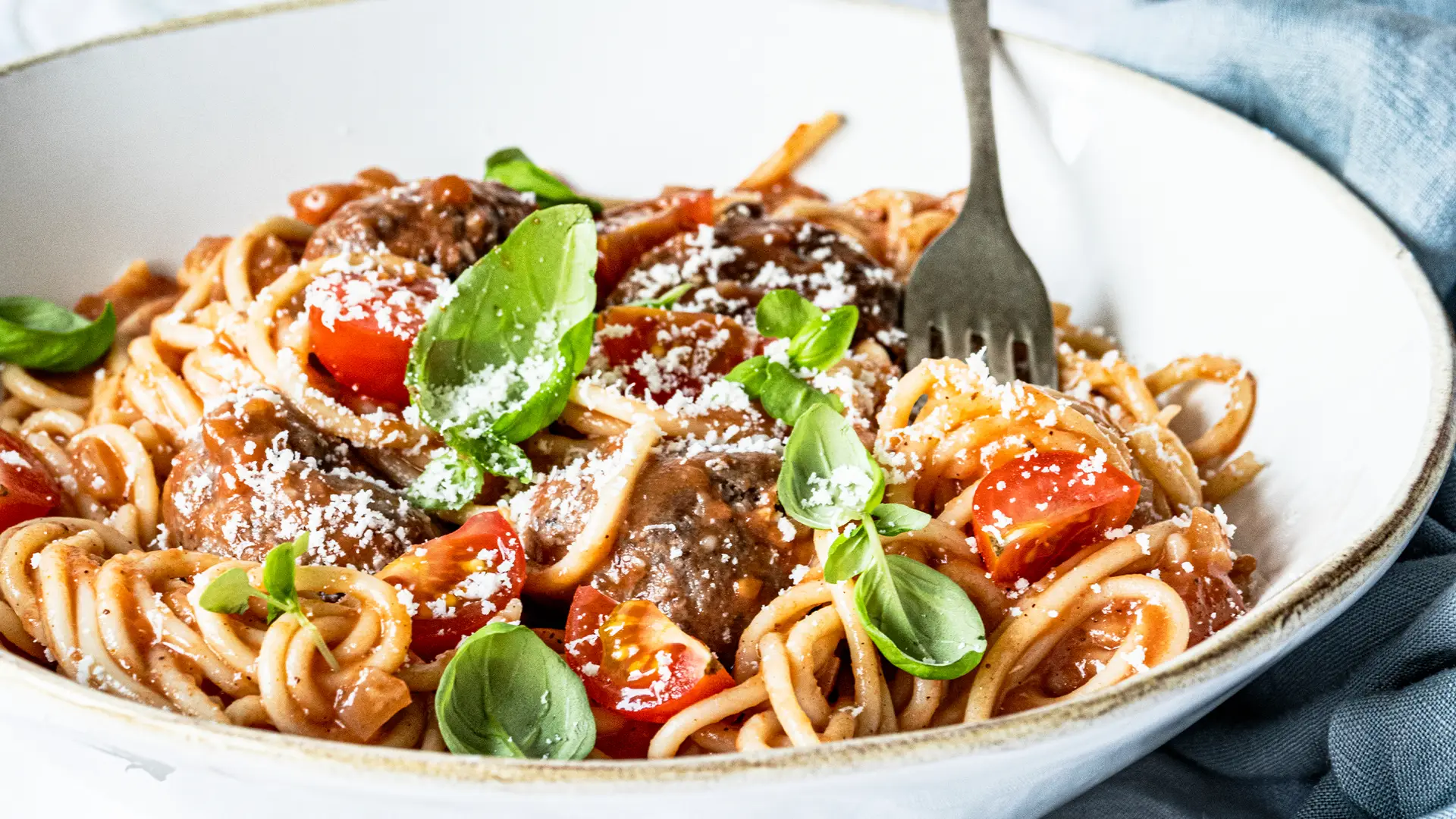
How to Cook Pasta Perfectly on an Induction Hob
Few meals are as simple and satisfying as a steaming bowl of pasta. Yet, getting it just right – not too soft, not too firm – can sometimes be a challenge. The good news? With an induction hob, cooking pasta becomes quicker, more energy-efficient, and easier to control than ever before.
In this guide, we’ll walk you through exactly how to achieve perfect pasta every time. From choosing the right pot to using the right induction hob settings, you’ll learn the step-by-step method, expert tips, and common mistakes to avoid. Whether you’re cooking spaghetti, penne, or fresh tagliatelle, your induction hob can help you master it with confidence.
Why Use an Induction Hob for Pasta?
Cooking pasta on an induction hob offers several advantages compared to gas or ceramic. It’s not just about speed — it’s about precision, efficiency, and consistency. Here are the main benefits:
- Boils water faster than gas or ceramic, saving time when you’re hungry.
- Gives precise heat control, so your pasta cooks evenly without overboiling.
- More energy-efficient, reducing electricity costs and waste heat.
- Maintains a steady rolling boil for consistent results every time.
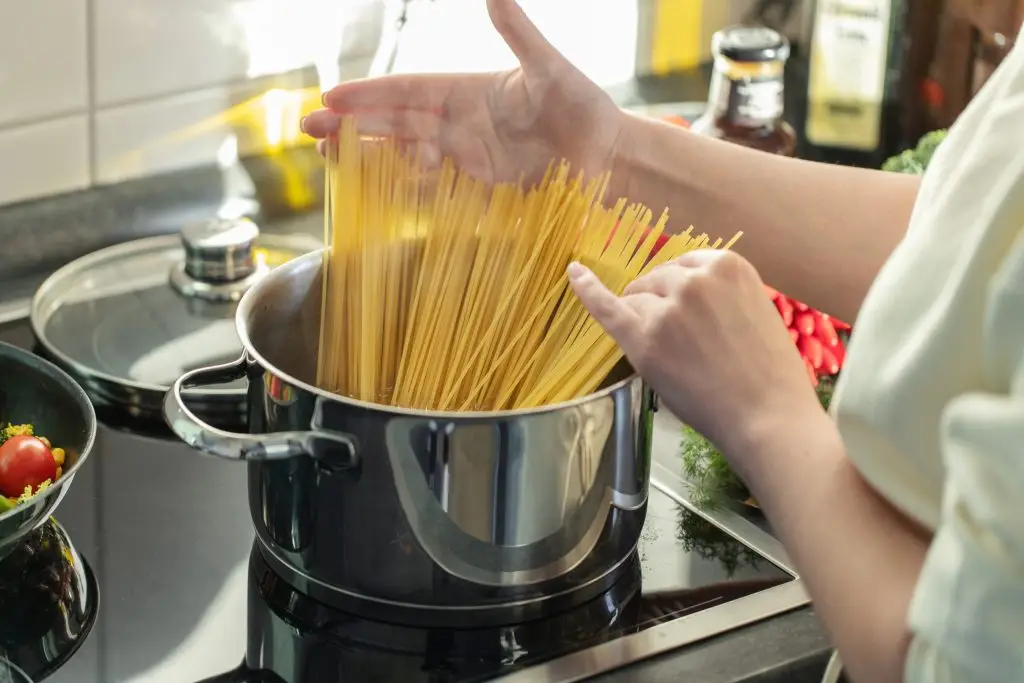
Step-by-Step Guide to Cooking Pasta on an Induction Hob
Cooking pasta on an induction hob is straightforward once you know the right method. Follow these simple steps for perfect results:
- Choose the right pot size – Use a large pan so the pasta has plenty of room to cook evenly without sticking together.
- Fill with water and add salt – Add around 1 litre of water for every 100g of pasta, and season with 1–2 teaspoons of salt for flavour.
- Bring to the boil – Set your induction hob to a high setting or use the Power Boost function for a rapid boil.
- Add the pasta – Stir immediately to prevent pieces from sticking.
- Adjust the heat – Reduce to a medium setting so the water maintains a gentle rolling boil.
- Cook according to packet instructions – Stir occasionally and taste a piece a minute before the recommended time to check for al dente Al dente means “to the tooth”: pasta that’s firm to the bite — not soft or mushy — with a slight resistance in the centre. .
- Drain and serve – Once cooked, drain in a colander and either serve straight away or toss into your sauce to finish cooking for extra flavour.
Perfect Pasta Tips & Tricks
Even with the right steps, a few expert tricks can take your pasta to the next level. Try these for consistently delicious results:
- Use plenty of water so the pasta has space to move freely.
- Add salt once the water boils to season properly — about 1 teaspoon per 500ml of water.
- Stir in the first few minutes to stop sticking — no need to add oil to the water.
- Reserve a cup of pasta water before draining to enrich your sauce.
- Finish cooking the pasta in the sauce for 1–2 minutes for maximum flavour absorption.
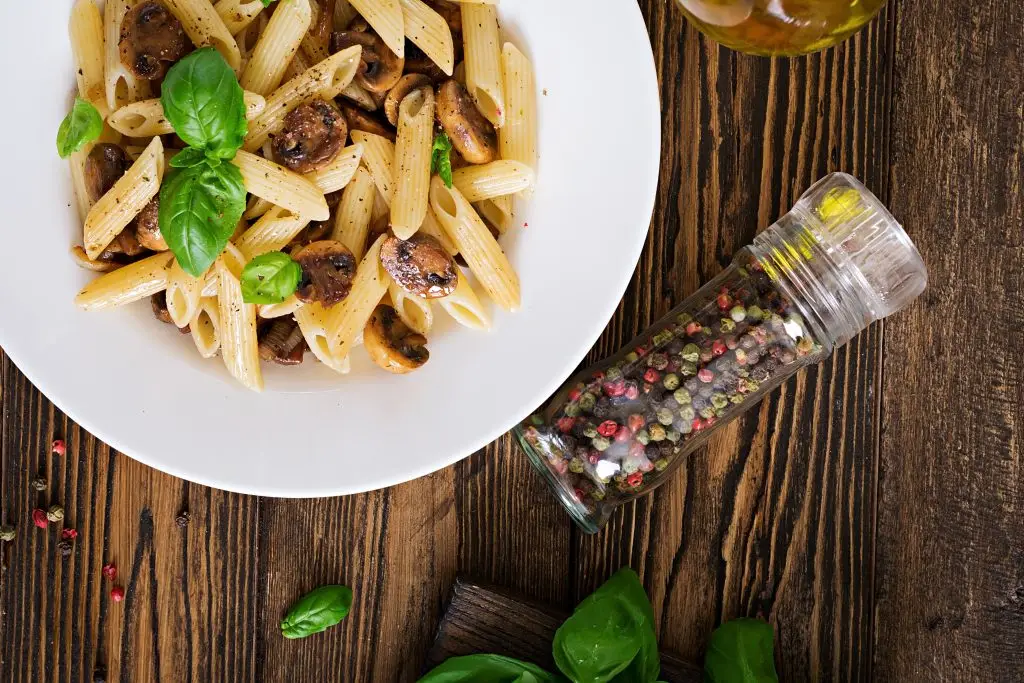
Common Mistakes to Avoid
Even seasoned cooks can slip up when making pasta. Avoid these pitfalls to ensure perfect results every time on your induction hob:
- Using too little water, which makes pasta stick together.
- Skipping the salt — bland water means bland pasta.
- Overcooking until mushy instead of keeping it al dente Al dente means “to the tooth”: pasta that’s firm to the bite — not soft or mushy — with a slight resistance in the centre. .
- Leaving pasta in the colander too long, causing clumping.
- Rinsing pasta after draining — this washes away starch that helps sauce stick.
Pasta Cooking Guide — Induction Hob
Match pasta types, cooking times and induction hob settings for consistently perfect results.
| Pasta Type | Typical Cooking Time | Recommended Induction Setting |
|---|---|---|
| Spaghetti / Linguine | 8–12 minutes | High to boil, then medium for rolling boil |
| Penne / Fusilli | 10–13 minutes | High to start, then medium to maintain simmer |
| Fresh Pasta (Tagliatelle, Ravioli) | 2–4 minutes | Medium — gentle boil, watch closely |
| Wholewheat Pasta | 11–14 minutes | High to boil, then medium-low to finish evenly |
| Gluten-Free Pasta | 6–9 minutes | Medium — stir often to prevent sticking |
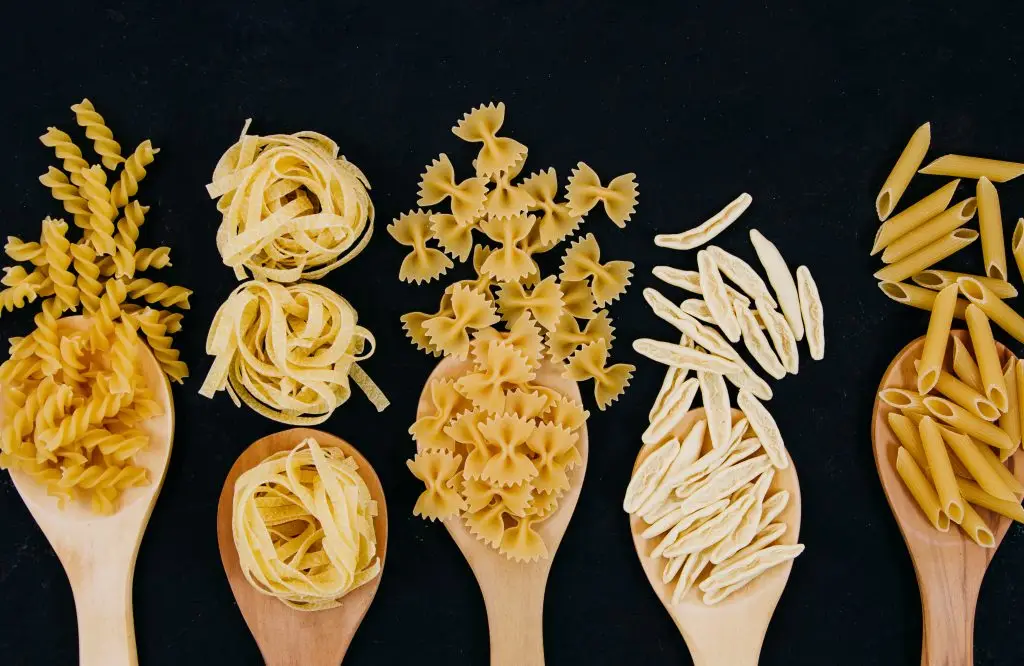
Frequently Asked Questions – Cooking Pasta on an Induction Hob
Conclusion
Cooking perfect pasta on an induction hob is easier than you might think. With rapid boiling, precise temperature control, and consistent heat, induction makes pasta night faster and more reliable than gas or ceramic alternatives.
By following the right steps, avoiding common mistakes, and adjusting the settings to match your pasta type, you’ll achieve delicious results every time — whether it’s a quick midweek spaghetti or a homemade tagliatelle feast.
- All Posts
- Cooker Hood Guides & Advice
- Dishwasher Guides & Advice
- General Appliance Guides & Advice
- Hob Guides & Advice
- Laundry Guides & Advice
- Microwave Guides & Advice
- Oven Guides & Advice
- Wine Cooler Guides & Advice
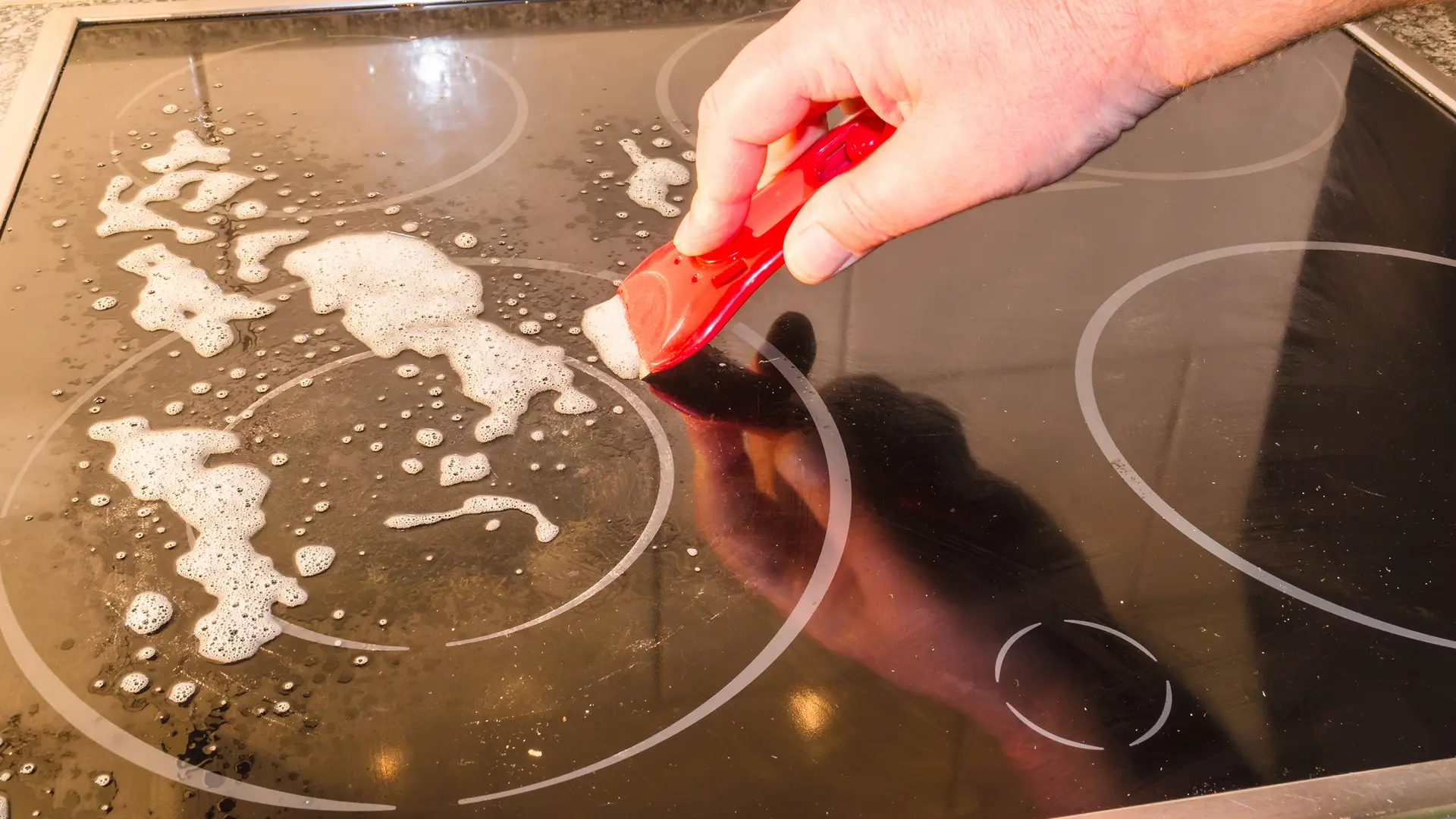
Learn whether induction hobs scratch easily and how to prevent damage. Discover simple cleaning and care tips to keep your...

Find out why your oven light switch isn’t working and how to fix it. Check common causes like bulbs, switches,...
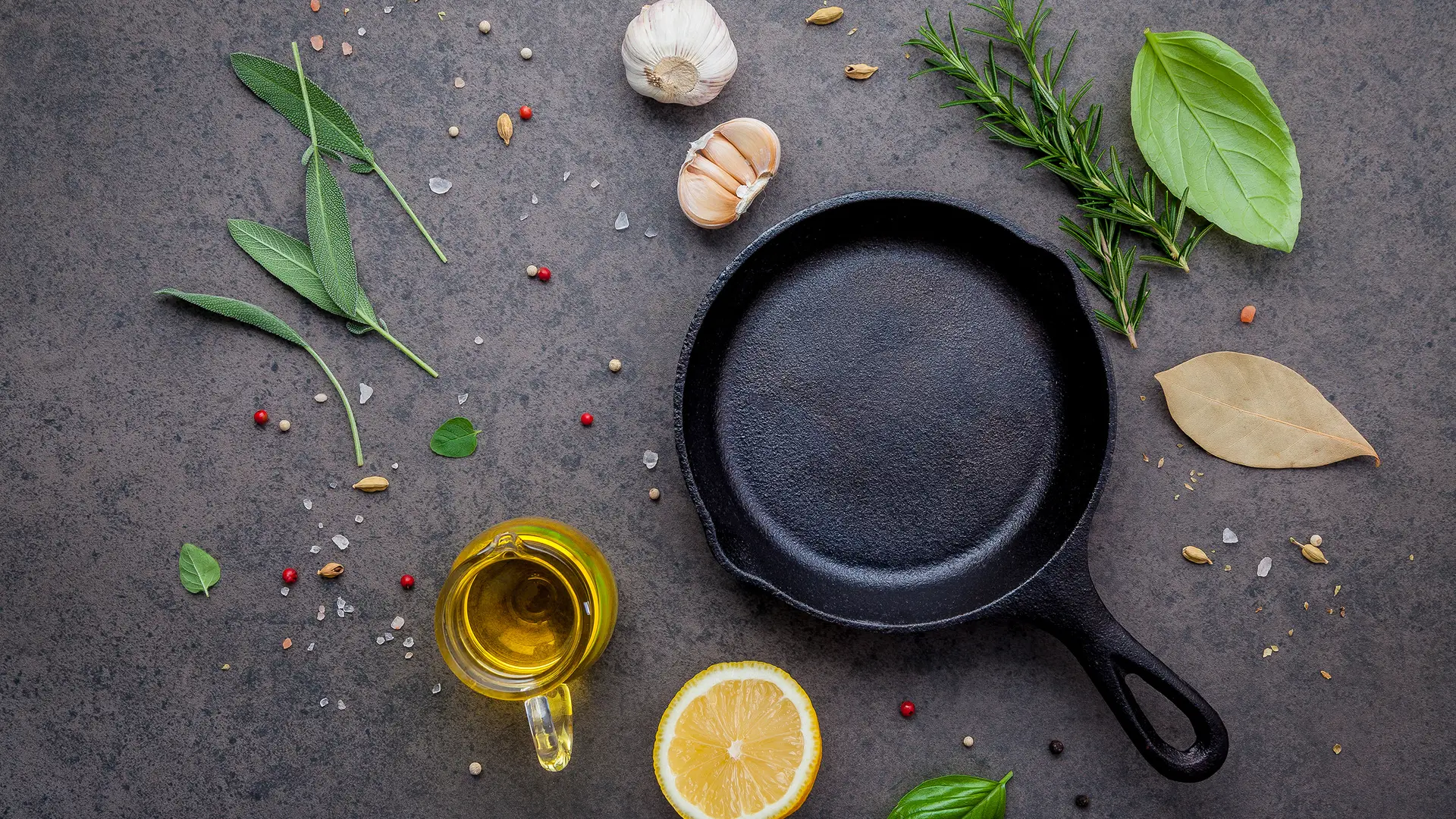
Cooking with cast iron pans is a tradition many home chefs love. Their durability, heat retention, and even results make...

Learn why appliance warranties are essential for peace of mind and savings. CATA offers 5 years parts and up to...

Compare induction, ceramic, and gas hobs to find your ideal match. Discover pros, cons, and costs — choose the best...
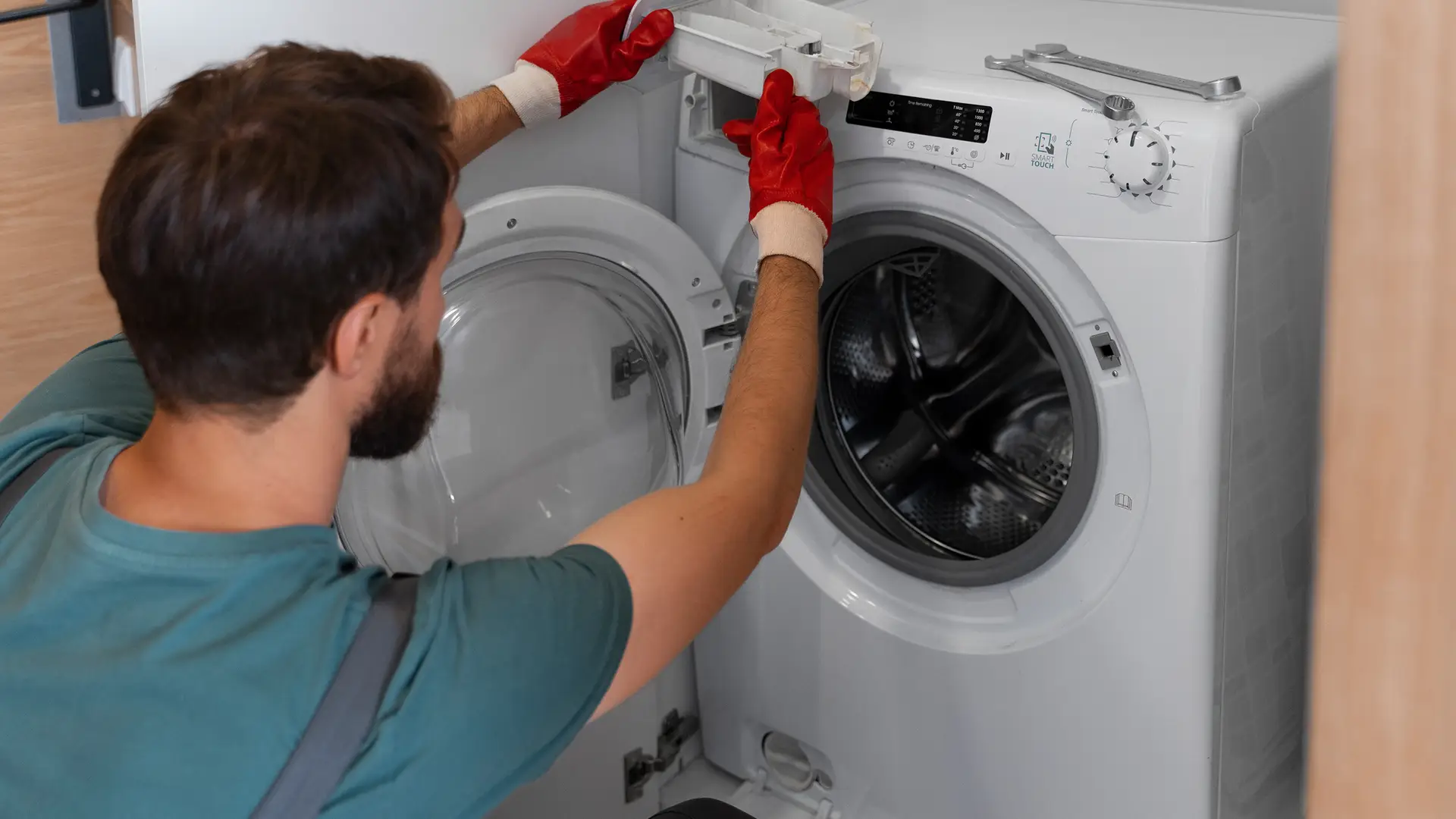
Learn what causes limescale build-up in your kitchen appliances and how to prevent it. Keep your kettle, dishwasher, and washing...
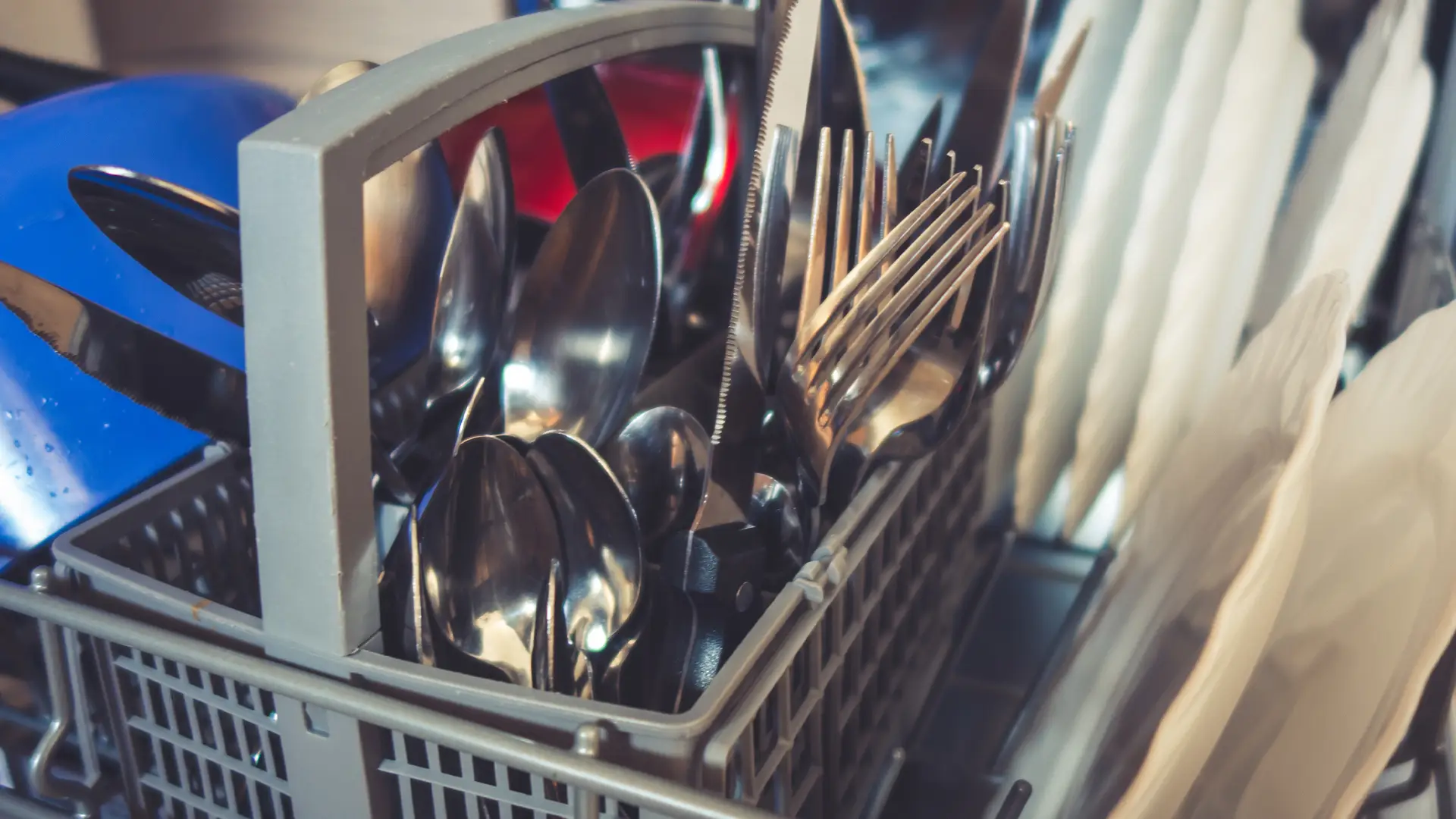
Compare cutlery drawers and baskets in dishwashers to find which suits your kitchen best. Discover pros, cons, and expert tips...
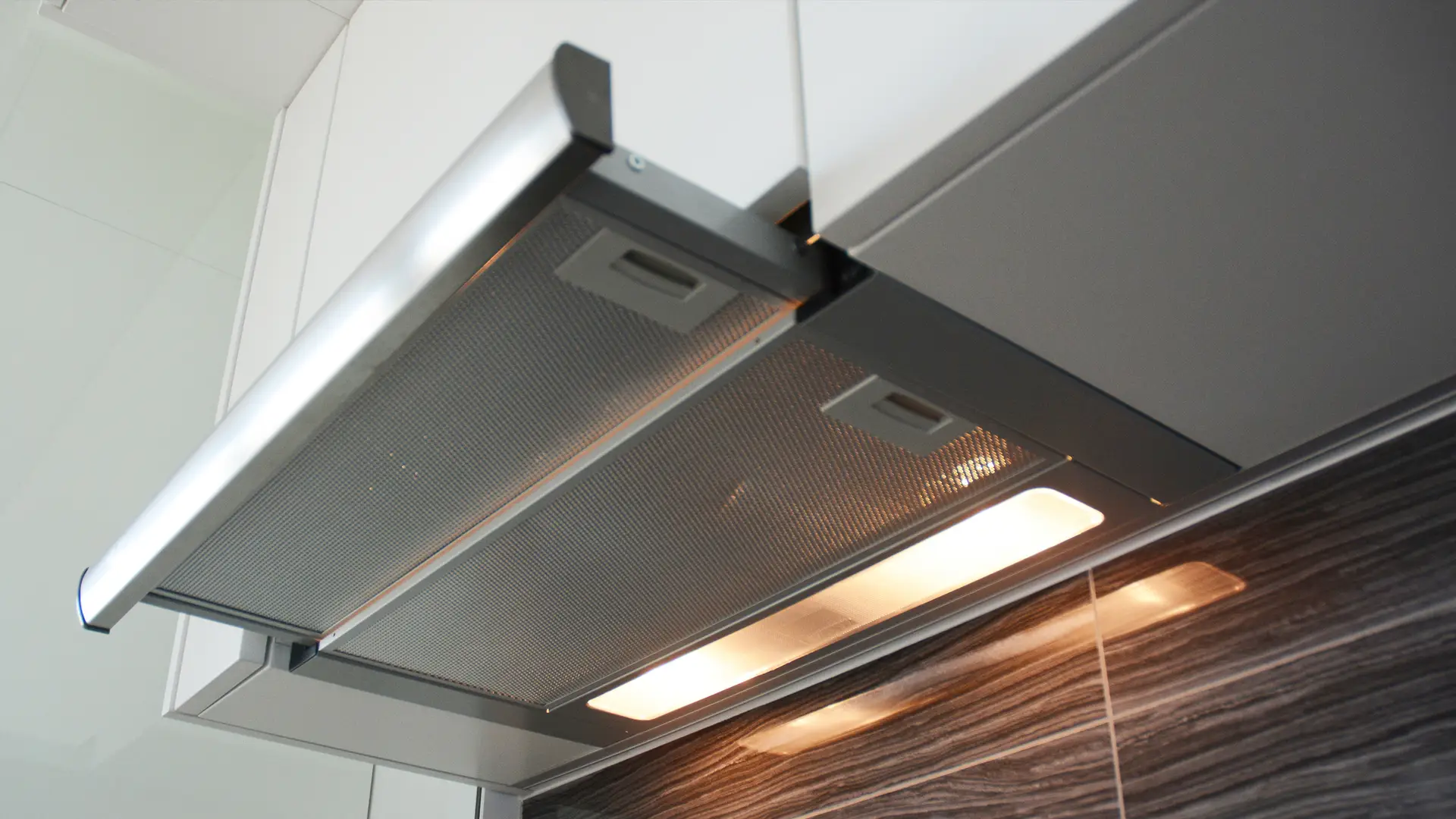
Do cooker hoods use much electricity? Discover typical running costs, energy ratings and tips to keep energy use low. Read...
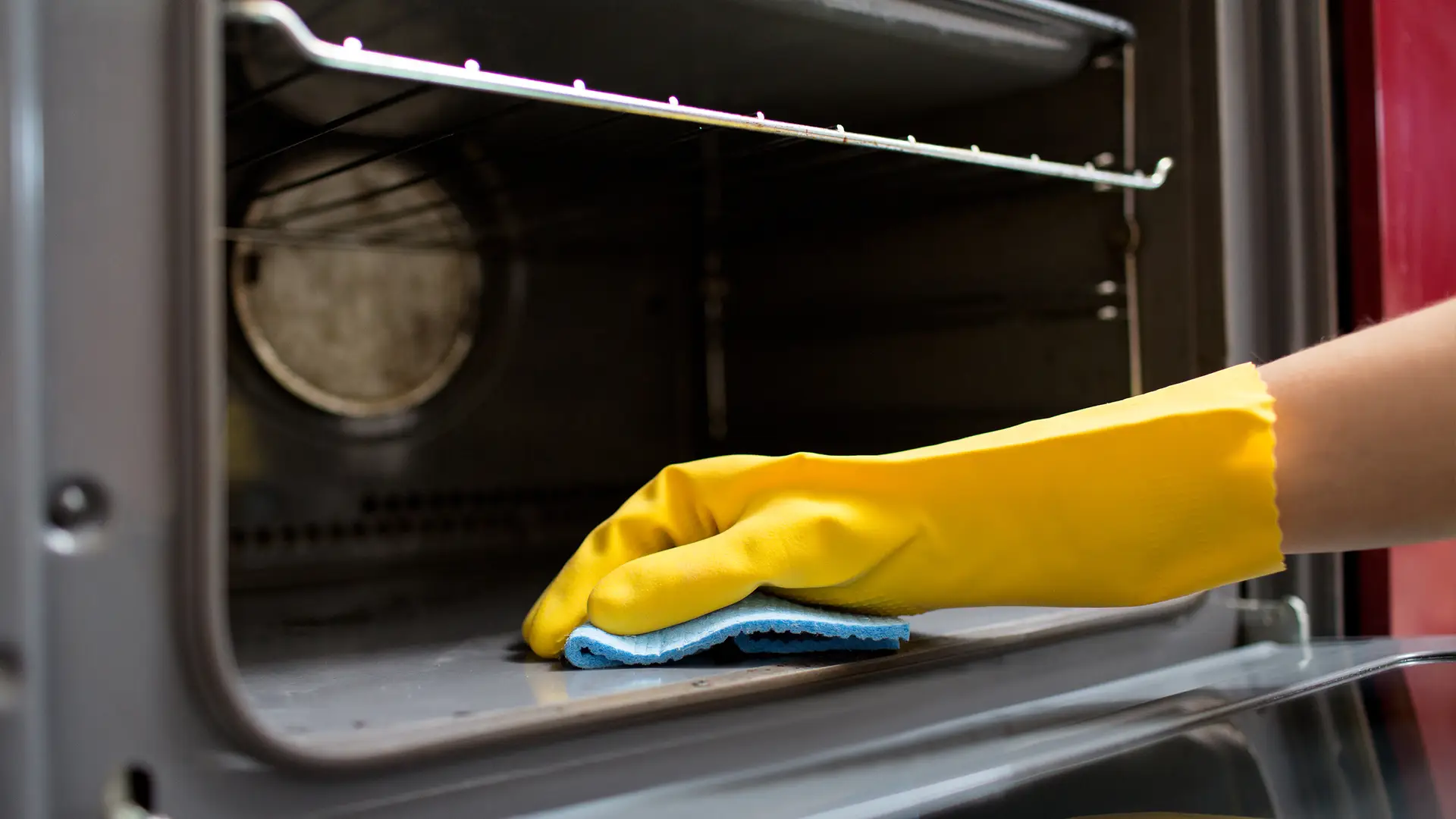
Discover how does a pyrolytic oven work – and is it worth it? with expert tips and advice. Read now...